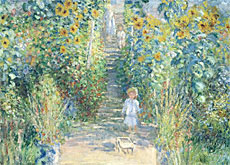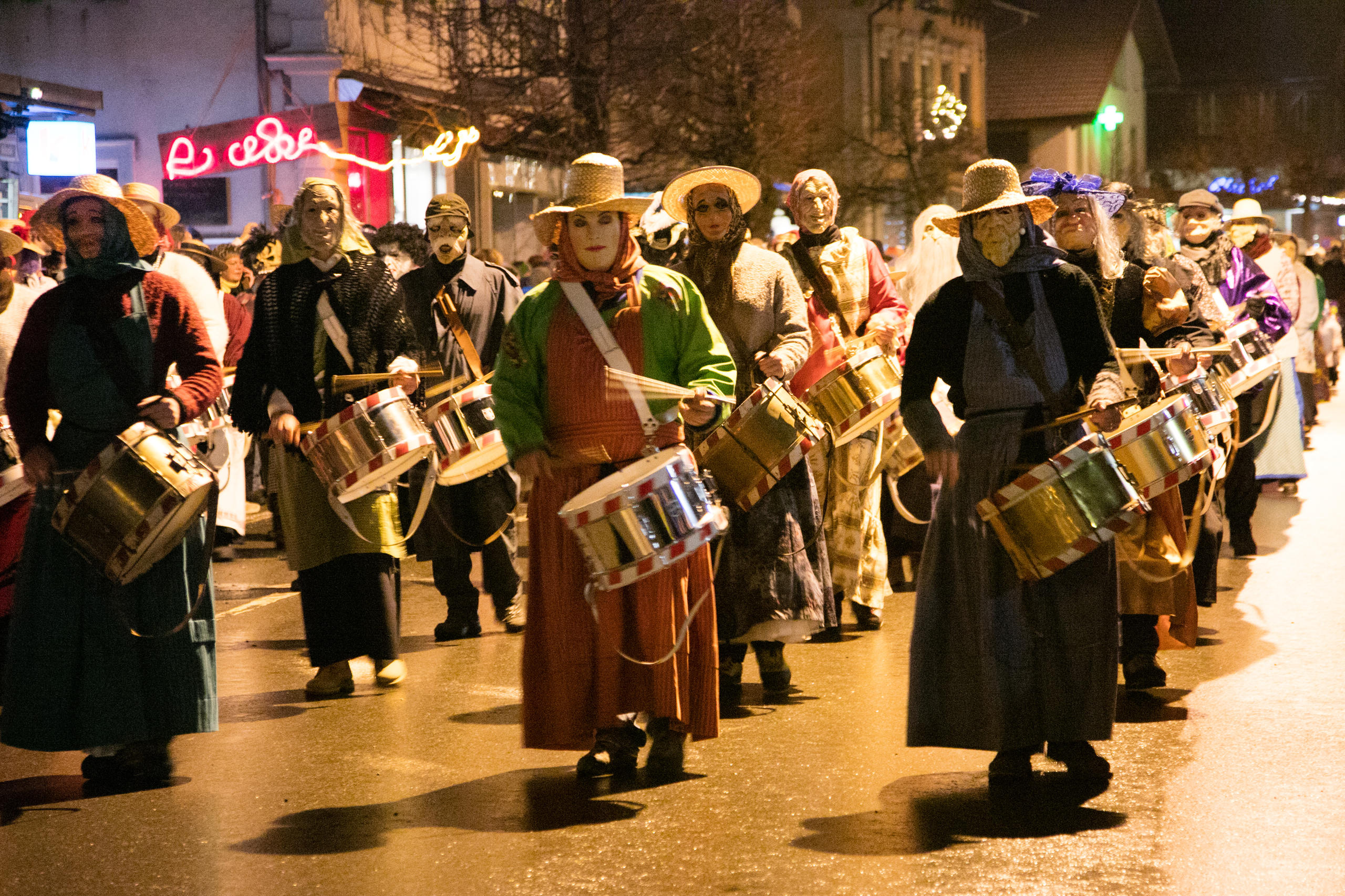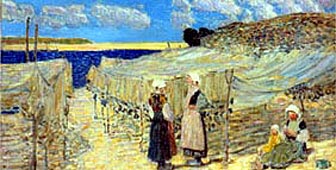Monet’s gardens come to life in Zurich

Claude Monet, the French Impressionist painter, created a stunning oeuvre of paintings, reflecting his love of nature and landscape gardening.
A selection of 71 of the artist’s paintings, which give an insight into his relationship with nature and his working methods, has gone on display at Zurich’s fine arts museum.
The works span 60 years of Monet’s artistic life, ranging from his early Impressionist paintings, created in the 1860s, to his final pictures – the water lilies – painted in the 1920s.
Despite its title, “Monet’s Gardens” offers more than just pictures of gardens.
“It is a wide range of pictures showing landscape painting,” director and curator Christoph Becker told swissinfo.
Becker, who has a personal interest in Impressionist art and Monet in particular, came up with the idea for the exhibition three years ago.
“I was interested in seeing how Monet’s garden developed and how this is connected with his paintings. So the idea was to show the gardener and the painter,” said Becker.
“Monet’s garden was probably the key to his success [and] the starting point for his fame,” said Becker.
He added that Monet – apart from being a gifted and dedicated artist – was “an absolutely professional gardener in his time and well admired for his skills”.
Gardener and artist
Monet was a passionate gardener, and his fascination with nature went far beyond subscribing to various horticultural journals and growing local plants and flowers.
According to Becker, Monet’s garden in the village of Giverny, where the family moved in 1883, was carefully planned and designed.
“The garden in Giverny was a big, professionally run enterprise where local and imported plants, such as the nymphaea or water lilies, bloomed from March until October,” he explained.
Becker likens Monet’s garden to a horticultural centre, with hothouses, suppliers, plants by the case and half a dozen gardeners.
The artist found refuge in his garden, which shielded him from the public and allowed him to live and work peacefully.
The public, on the other hand, perceived him as a great artist living a very secluded life and creating wonderful paintings, which made him a figure of great interest.
Painter
On display at the Kunsthaus are well-known paintings such as “Spring flowers” (1864), “Poppy field near Vétheuil” (1875), “The Park Monceau” (1878), “Monet’s Garden in Vétheuil” (1880), “Sunlight effect under the poplars” (1887) and “Meadow of Giverny” (1888).
Painted in bright, gay colours, these masterpieces convey the artist’s perception of nature, light and colour as well as the fragrance of the plants and flowers.
The museum is holding a special event, “Monet for all senses”, on November 13, offering visitors the opportunity to smell the fragrances of the flowers depicted while walking through the exhibition.
Although Monet was an Impressionist painter, his style changed and developed over the years, from “realistic” to more abstract, simply suggesting trees, plants or water lilies with a few strokes. The colours, on the other hand, became stronger and more intense towards the end of his career.
“Monet was a modern artist throughout his lifetime, and he never went back to his sources of mid-19th-century painting. He always made steps forward…. So he was very much a 19th-century figure, but he succeeded in keeping pace,” said Becker.
swissinfo, Katalin Fekete
“Monet’s Garden” runs until February 27, 2005.
1,000 visitors are expected every day.
The Zurich Kunsthaus owns 12 Monet paintings.
The paintings exhibited are masterpieces from private and public collections in Europe and the United States.
Claude Monet (1840-1926) was one of the leading French Impressionist painters of the 19th century and an excellent gardener.
An exhibition at the Zurich Kunsthaus, entitled “Monet’s Garden”, is showing 71 of the artist’s masterpieces.
The exhibition gives visitors an insight into Monet’s interest in horticulture and its impact on his work.

In compliance with the JTI standards
More: SWI swissinfo.ch certified by the Journalism Trust Initiative











You can find an overview of ongoing debates with our journalists here . Please join us!
If you want to start a conversation about a topic raised in this article or want to report factual errors, email us at english@swissinfo.ch.